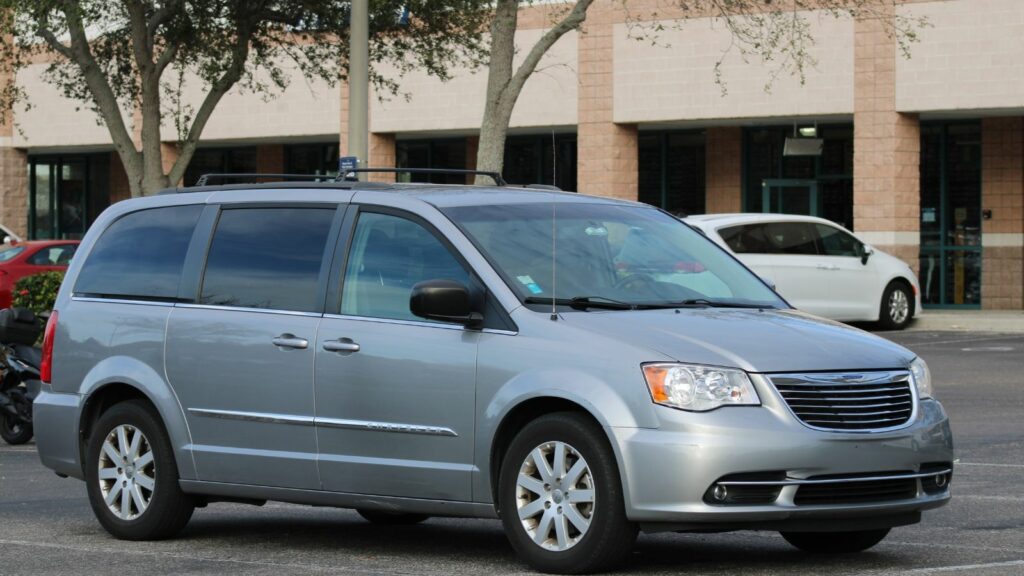Minivans may not always be the most glamorous vehicles on the road, but they have undeniably revolutionized family travel. With spacious interiors, innovative features, and family-friendly designs, these vehicles have become the backbone of countless road trips, carpools, and family adventures. Over the years, several minivans have stood out for their groundbreaking designs and impact on family travel. Here are 9 revolutionary minivans that have transformed how families hit the road.
Chrysler Town & Country (1984)

The Chrysler Town & Country is one of the original minivans, helping to establish the minivan market in the 1980s. Launched in 1984, it was built on the K-car platform, offering a car-like ride with the space of a van. Its design featured a low floor for easy entry and exit, a spacious interior with seating up to seven, and versatile seating arrangements. The Town & Country set the standard for future minivans with its comfort, practicality, and style. It was also the first to offer luxury features like leather seats and wood-grain trim, making it a favorite among families looking for a touch of class in their family vehicle.
Honda Odyssey (1995)

When the Honda Odyssey first hit the market in 1995, it redefined what a minivan could be. Known for its innovative features and exceptional reliability, the Odyssey quickly became a family favorite. One of its most revolutionary features was the introduction of the Magic Seat, a third-row seat that could fold flat into the floor, creating a large cargo area when needed. This feature set a new standard for flexibility and convenience in minivan design. The Odyssey also offered sliding rear doors on both sides. The Honda Odyssey remains a top family choice with its car-like handling and advanced safety features.
Toyota Sienna (1997)
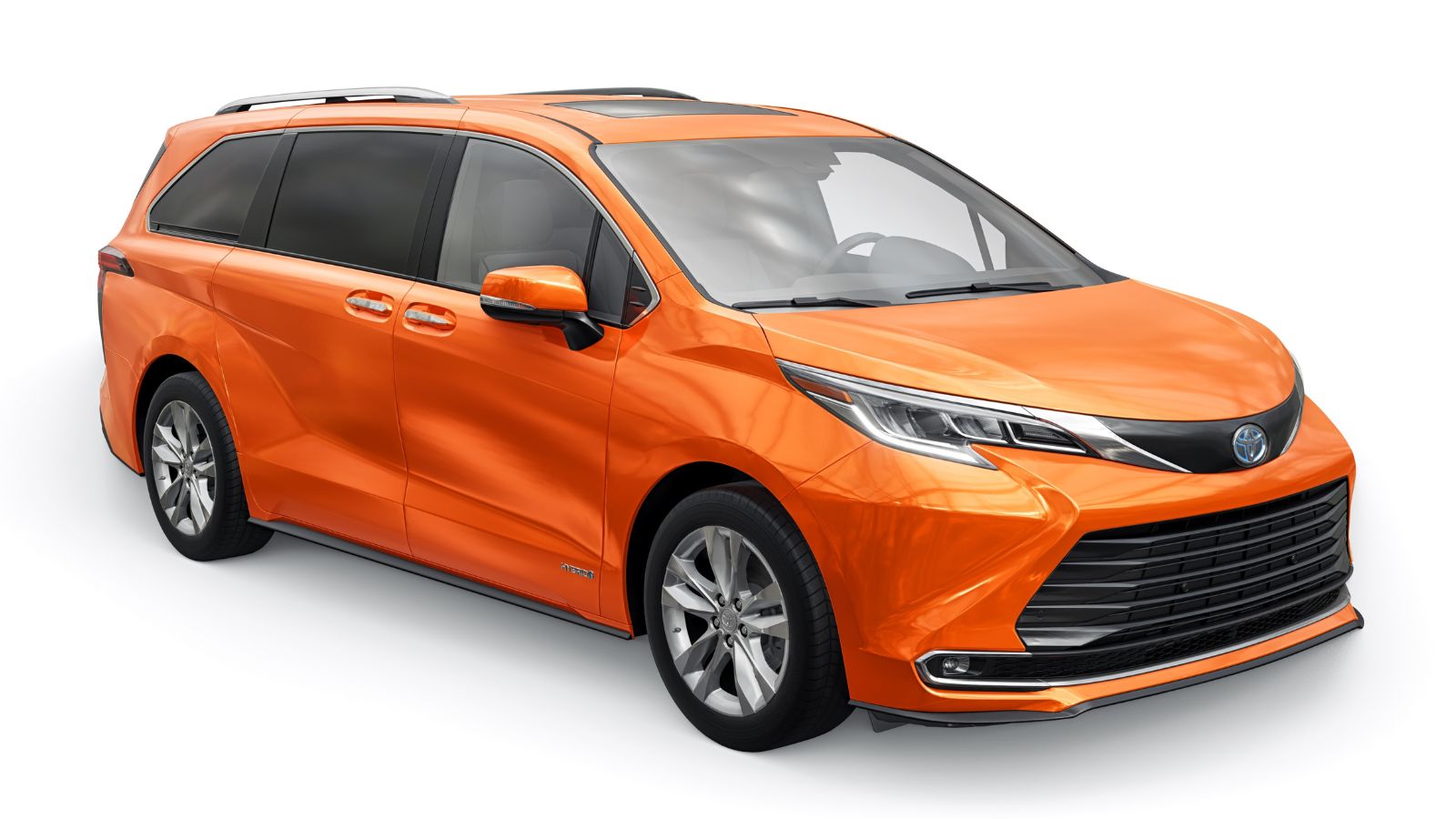
The Toyota Sienna entered the market in 1997 and didn’t take long to make a significant impact. Known for its reliability, safety, and innovation, the Sienna has been a consistent favorite among families. It was the first minivan to offer all-wheel drive, making it a practical choice for families living in areas with harsh weather conditions. The Sienna also introduced many family-friendly features, including a rear-seat entertainment system, power sliding doors, and a built-in vacuum cleaner. Toyota’s commitment to quality and continuous improvement has made the Sienna a benchmark in the minivan segment.
Dodge Grand Caravan (1987)
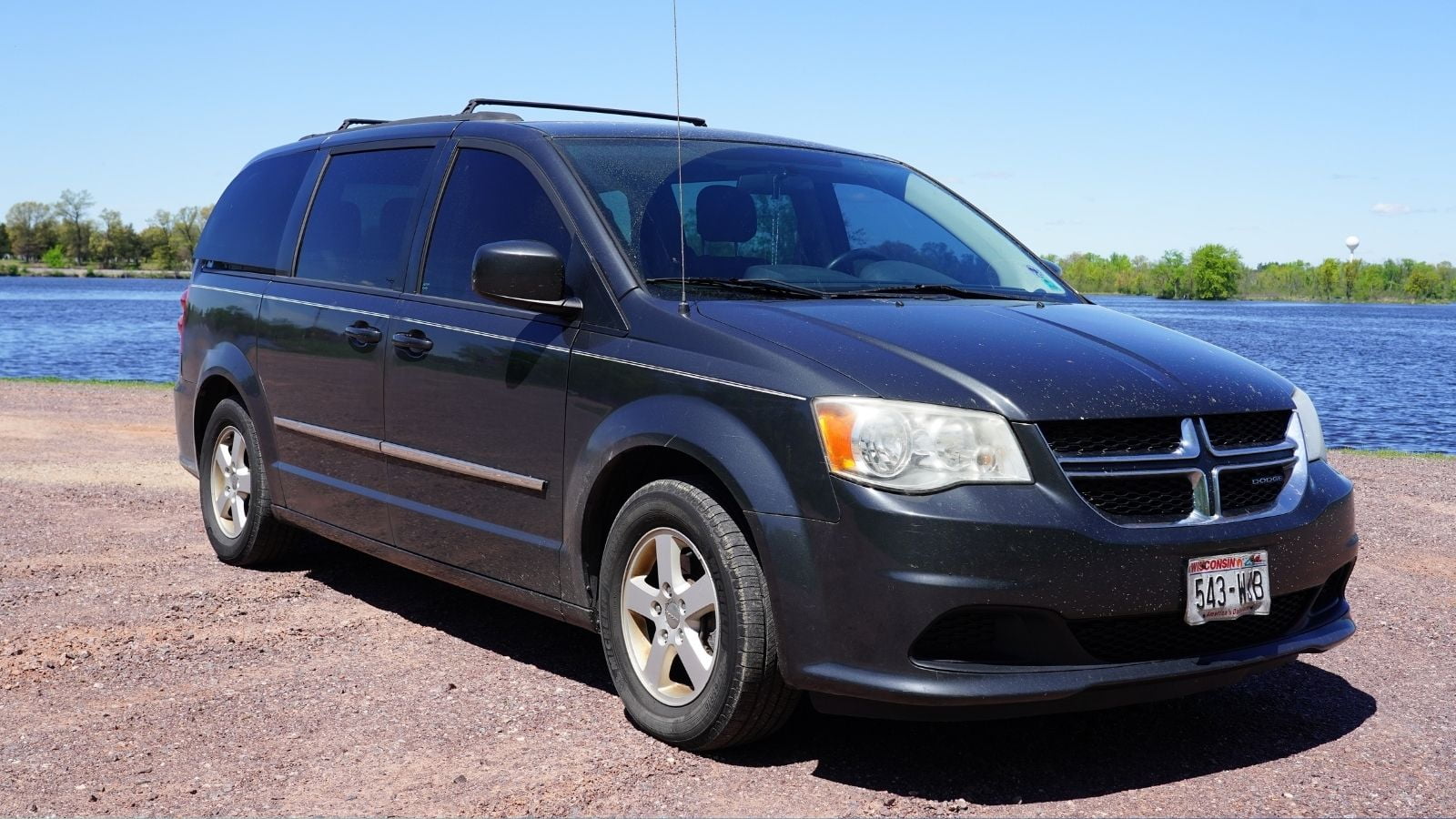
The Dodge Grand Caravan, introduced in 1987, is often credited with popularizing the minivan as a family vehicle. It built on the success of the original Caravan, offering more space, comfort, and features. One of its most significant contributions was the introduction of the Stow ‘n Go seating system, which allowed the second and third-row seats to fold flat into the floor, creating a massive cargo area. This innovation made the Grand Caravan incredibly versatile and practical for families with diverse needs. The Grand Caravan’s affordability and innovative features helped it become one of the best-selling minivans of all time.
Nissan Quest (1993)
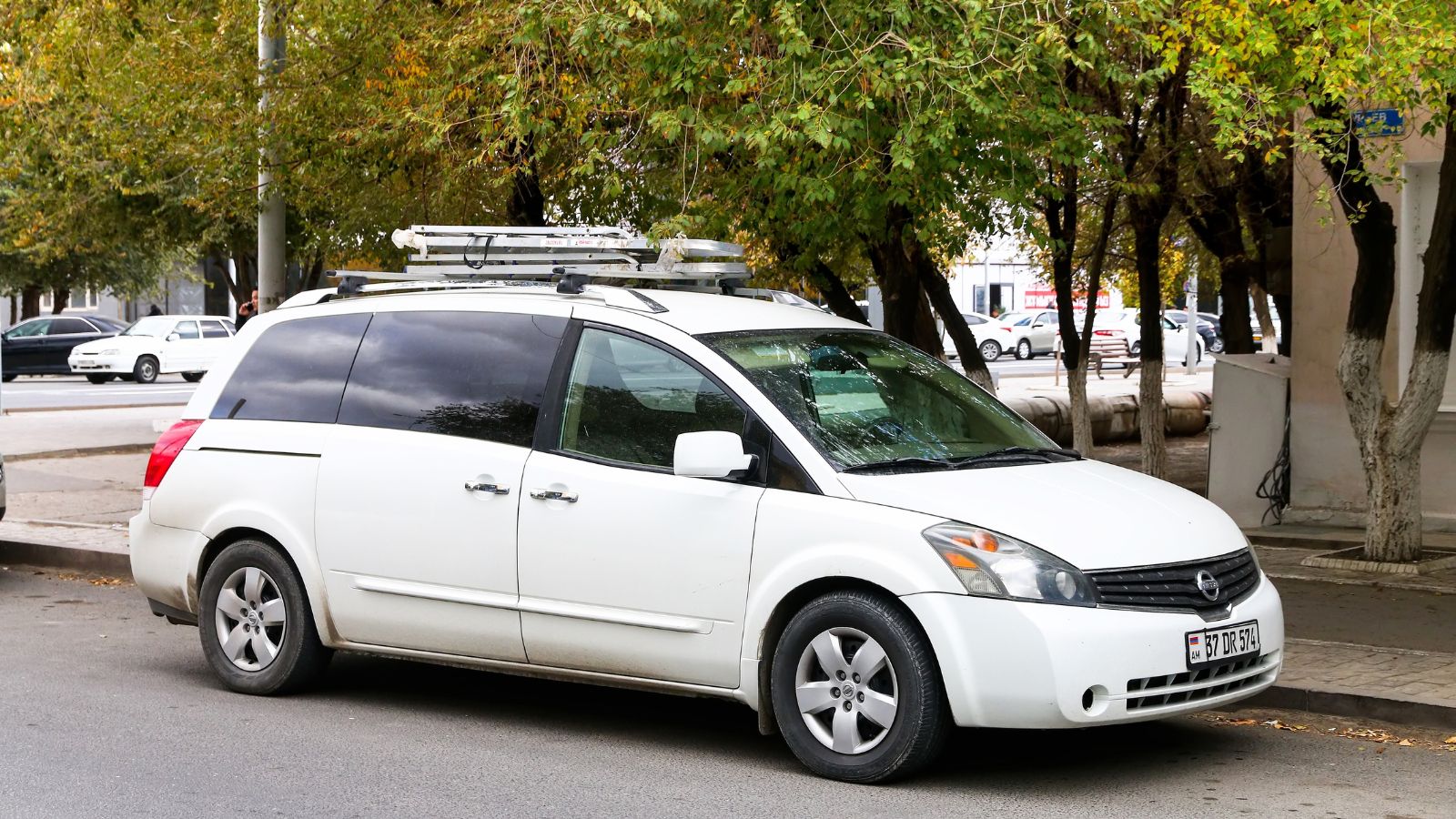
The Nissan Quest brought a unique approach to the minivan market, emphasizing style and performance. It was one of the first minivans to offer a car-like driving experience, with responsive handling and a smooth ride. Under the hood, it packed a 3.0-liter V6 engine ready to haul the kids, the dog, and a week’s worth of groceries without sweat. Inside, the Quest was all about family-friendly innovation. Its sliding rear bench seat was the automotive equivalent of a Transformer, adapting to whatever seating or cargo configuration you needed. Rear climate control ensured no one complained about being too hot or too cold—a true miracle for family harmony. With its car-like handling, the Quest made driving a minivan feel almost fun. The Quest was the ultimate ride for families looking to add a dash of style to their practicality.
Kia Sedona (2002)
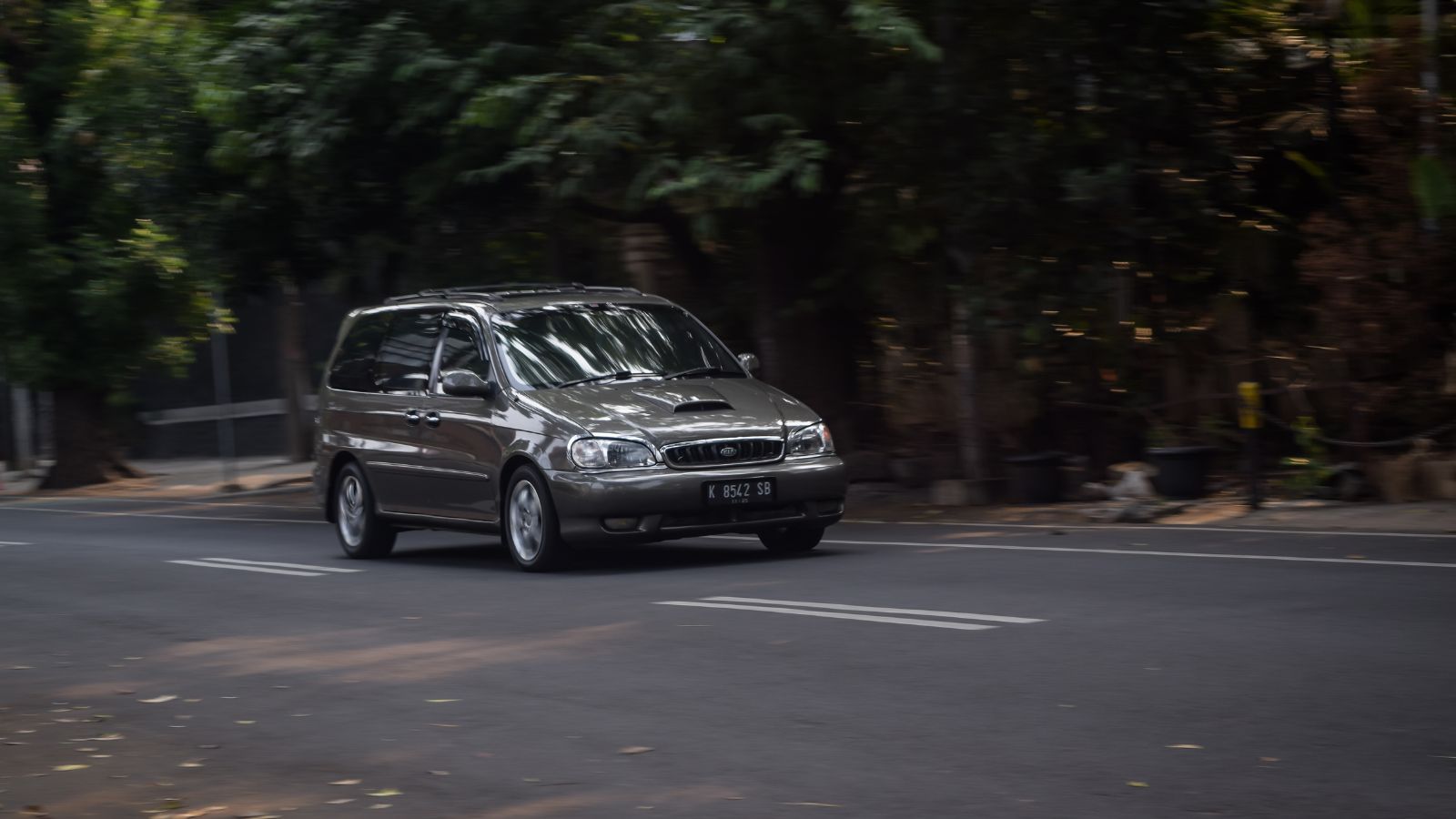
When Kia introduced the Sedona in 2002, it aimed to offer a value-packed alternative to the established minivan models. Picture this: a spacious interior that can comfortably seat up to eight passengers because Kia knows that families often come with a full roster. Its features were impressive for the time, including a standard third-row seat, power windows, and even a CD player—because who doesn’t love a good road trip playlist? The Sedona also boasted a 3.5-liter V6 engine, providing enough power to keep things moving without breaking the bank. It didn’t have all the bells and whistles of luxury models, but it was a reliable workhorse. With a starting price of around $22,000, the 2002 Sedona proved that you could get a lot of minivans for not a lot of cash.
Mazda MPV (1988)

The Mazda MPV, introduced in 1988, pioneered the minivan segment with its unique approach to design and versatility. Unlike traditional minivans, the MPV featured rear-wheel drive and an optional four-wheel-drive system, making it more capable in various driving conditions. It also offered a choice of swinging rear doors or a traditional tailgate, catering to different preferences and needs. The MPV’s flexible seating arrangements and removable second-row seats added to its practicality, making it a versatile vehicle for families with active lifestyles.
Volkswagen EuroVan (1992)

The Volkswagen EuroVan brought a European flair to the minivan market with its unique design and features. Built on the front-engine, front-wheel-drive VW T4 platform, the EuroVan offered a spacious interior and a choice of configurations, including rear-facing second-row seats. This arrangement could be adjusted to create a lounge-like atmosphere, ideal for family travel or camping. The EuroVan was equipped with a 2.5-liter five-cylinder engine, producing 90 horsepower, and offered optional four-wheel drive, enhancing its versatility in various driving conditions. Its unique design featured a more angular shape than its American counterparts, giving it a distinctive look. Its design and practical features made the Eurovan a standout in the minivan segment.
Chrysler Pacifica (2017)
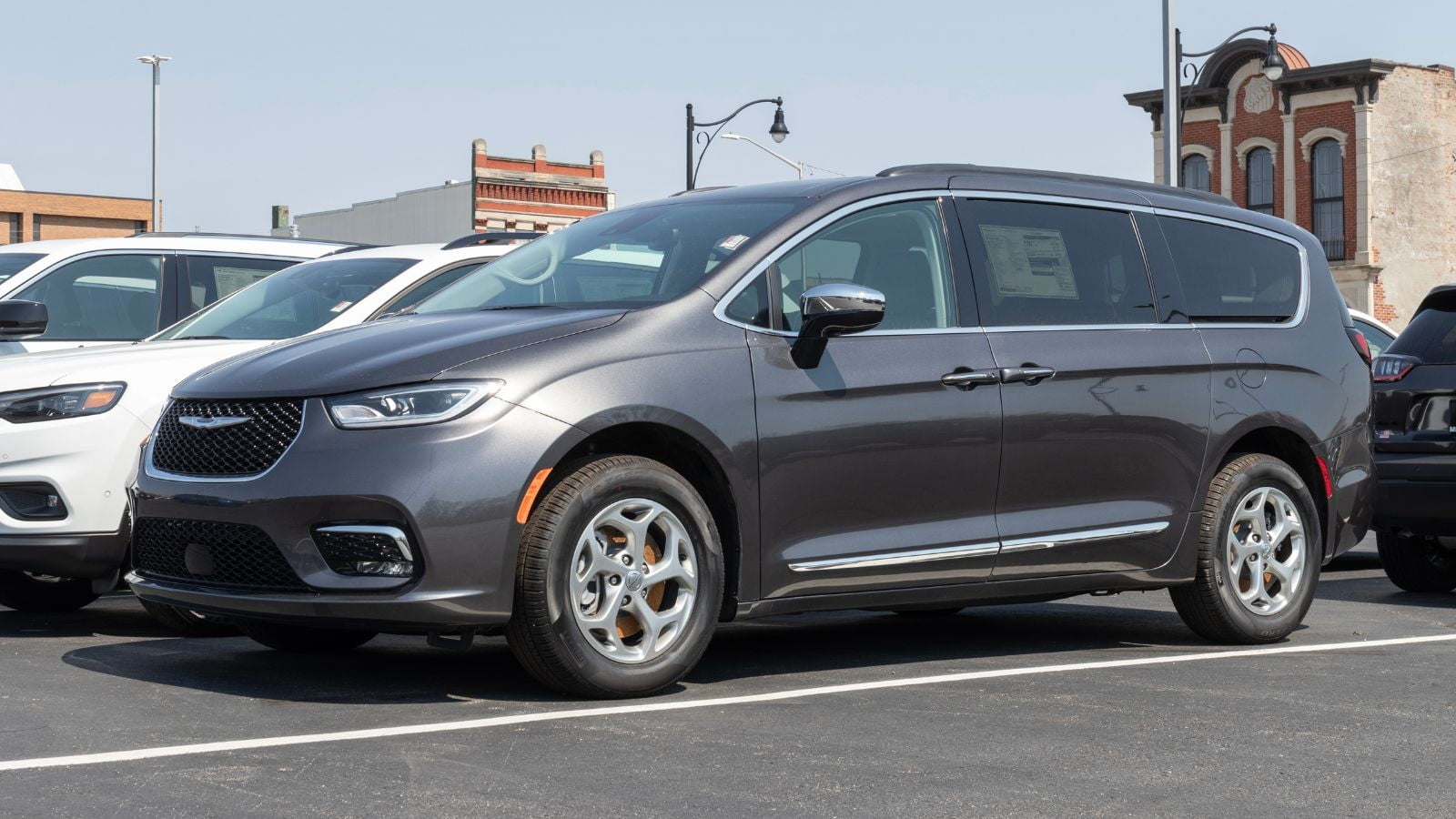
The Chrysler Pacifica represents the latest evolution of the minivan, combining advanced technology, luxury, and practicality. As the successor to the Chrysler Town & Country, it introduced a sleek design with a front grille reminiscent of Chrysler’s luxury models. Notable for its advanced features, the Pacifica offers a plug-in hybrid variant, making it the first hybrid minivan on the market. The hybrid model provides up to 30 miles of electric-only range and a total range of over 500 miles with a full charge and gas tank. It also boasts the Uconnect Theater system with dual 10-inch touchscreens, built-in games, and wireless streaming, ensuring entertainment for passengers.
11 Cars that are Known for Breaking Down Regularly

No car company wants to deliver a dud. However, even though companies try their best to deliver excellent cars, some cars turn out to be lemons, breaking down frequently. This creates problems for both the consumer and the manufacturer.
11 Cars that are Known for Breaking Down Regularly
